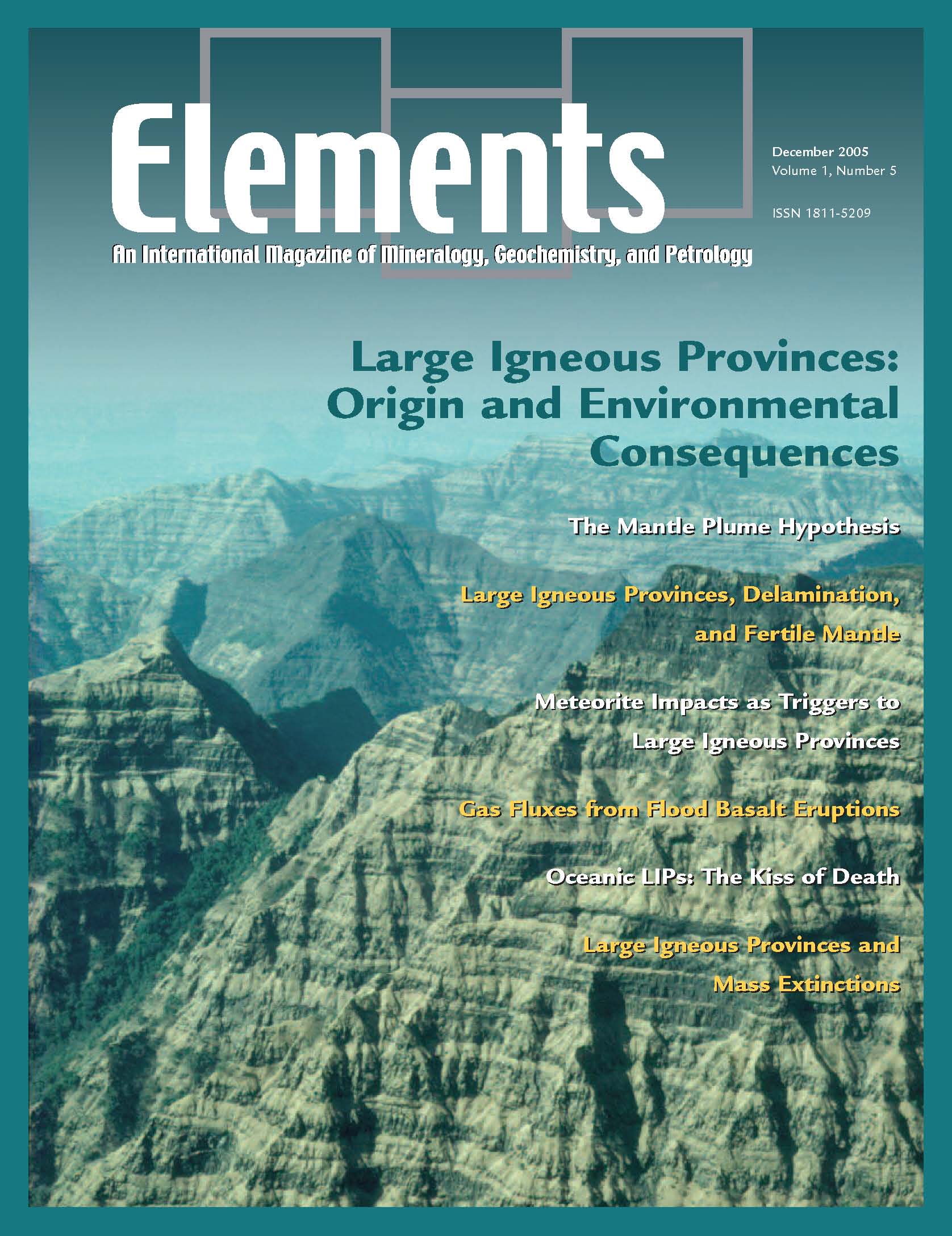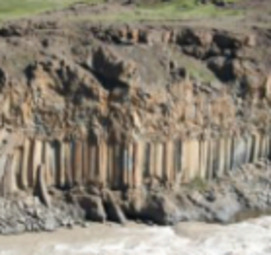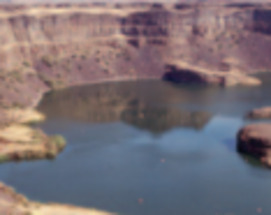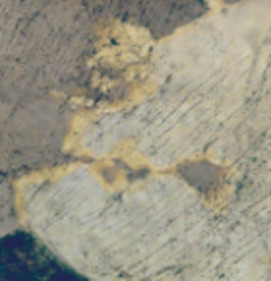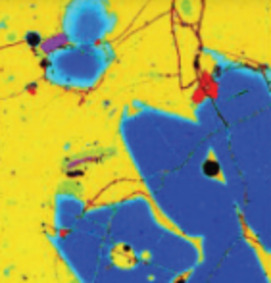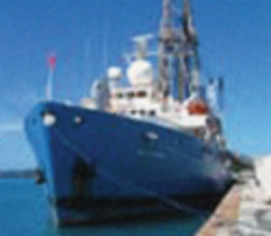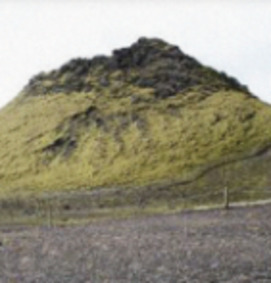
Large Igneous Provinces: Origin and Environmental Consequences
Andrew D. Saunders – Guest Editors
Table of Contents
Large igneous provinces record major outpourings of igneous rocks, both on the continents and in ocean basins. Their origin is still vigorously disputed, with models invoking mantle plumes, thermal effects of the lithosphere, and meteorite impacts. The environmental consequences are also hotly debated: some argue that voluminous flood basalt volcanism triggered catastrophic changes in the global climate and mass extinctions, whereas others believe their effects much less significant.
- Large Igneous Provinces: Origin and Environmental Consequences
- Large Igneous Provinces and the Mantle Plume Hypothesis
- Large Igneous Provinces, Delamination, and Fertile Mantle
- Meteorite Impacts as Triggers to Large Igneous Provinces
- Gas Fluxes from Flood Basalt Eruptions
- Oceanic LIPs: The Kiss of Death
- The Link between Large Igneous Province Eruptions and Mass Extinctions
Activation Laboratories Ltd. (Actlabs)
CrystalMaker
Elsevier
Environmental Isotope Laboratory
Excalibur Mineral Corporation
Geological Society of London
Granit Publishing
Hudson Institute of Mineralogy
Materials Data (MDI)
Meiji Techno America
Mineral Data Publishing
Rigaku
RockWare
University of Manitoba
v2n1 User Research Facilities in the Earth Sciences
Guest editor: Stephen R. Sutton,
Earth scientists rely on effective access to user research facilities that provide state-of-the-art analytical instrumentation. This thematic issue will focus on some of these facilities and how to use them. Aspects covered include scientific impact, types of facilities and analytical techniques currently available, procedures for gaining access to perform experiments, factors that enable effective usage, and future prospects, particularly in terms of how Earth scientists can best take advantage of new research facilities currently under design and construction.
- User Research Facilities in the Earth Sciences Stephen R. Sutton (University of Chicago)
- User Facilities around the World Gordon E. Brown Jr. (Stanford University and Stanford Synchrotron Radiation Laboratory), Stephen R. Sutton (University of Chicago), and Georges Calas (Université de Paris)
- Synchrotron Radiation, Neutron, and Mass Spectrometry Techniques at User Facilities Stephen R. Sutton (University of Chicago), Marc W. Caffee (Purdue University), and Martin T. Dove (University of Cambridge)
- Scientific Advances Made Possible by User Facilities Gordon E. Brown Jr. (Stanford University and Stanford Synchrotron Radiation Laboratory), Georges Calas (Université de Paris 6 et 7), and Russell J. Hemley (Carnegie Institution of Washington)
- Accessing User Facilities and Making Your Research Experience Successful Richard J. Reeder (Stony Brook University) and Antonio Lanzirotti (University of Chicago)
- New Opportunities at Emerging Facilities John B. Parise (Stony Brook University) and Gordon E. Brown Jr. (Stanford University and Stanford Synchrotron Radiation Laboratory)
- Fluids in Planetary Systems (January 2005 )
- Diamonds (March 2005)
- Genesis: Rocks, Minerals, and the Geochemical Origin of Life (June 2005)
- Toxic Metals in the Environment: The Role of Surfaces (September 2005)
- Large Igneous Provinces: Origin and Environmental Consequences (December 2005 )


